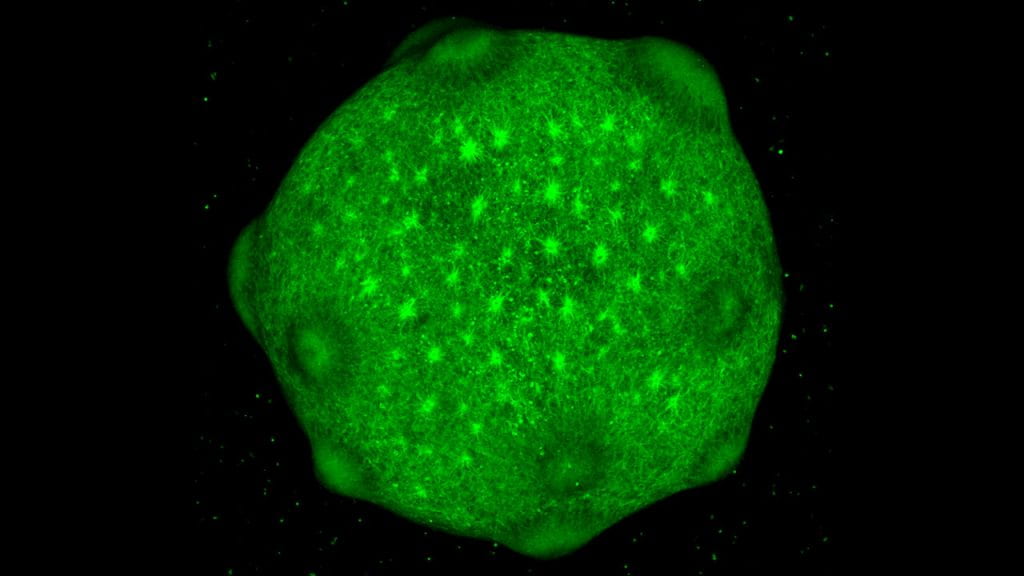
In a recent article in the American Journal of Bioethics, Henry T. Greely explores the ethical implications of improved human brain models used in research. Mr. Greely identifies challenges with using human and animal subjects for brain research, and explores the ethics of improved simulacrum of living brains created and used in research:
The dilemma? When we avoid unethical research by making living models of human brains, we may make our models so good that they themselves deserve some of the kinds of ethical and legal respect that have hindered brain research in human beings. If it looks like a human brain and acts like a human brain, at what point do we have to treat it like a human brain—or a human being?
Mr Greely identifies four types of human brain surrogates: genetically edited non-human animals, human/non-human brain chimeras, human neural organoids, and living ex vivo brain tissues. For each surrogate type, Mr. Greely describes the science behind the surrogates and current directions of the research. Mr. Greely also discusses potential problems with each of these surrogates including welfare of the surrogates, consent and welfare of the “human parts” of the surrogates, possible non-research implications of the research, possible non-research uses of the surrogates, humanization of non-humans, and the rights of the surrogates.
Drawing on references from both science and science fiction to illustrate both technologies and applications, the article is a fascinating read!
If you're interested in reading more about genetics, check out GW's Genetics Journal Club led by Dr. Chuck Macri.
Greely HT. Human Brain Surrogates Research: The Onrushing Ethical Dilemma. Am J Bioeth. 2021 Jan;21(1):34-45. doi: 10.1080/15265161.2020.1845853. PMID: 33373556.


